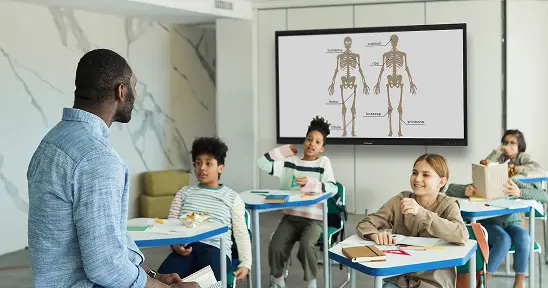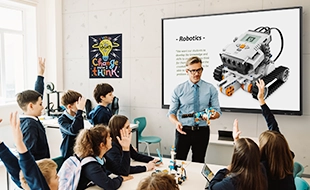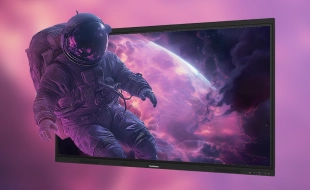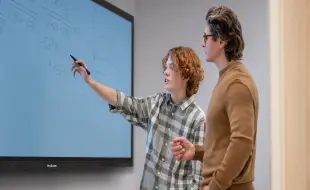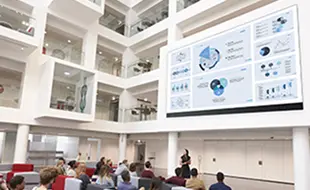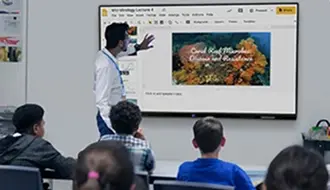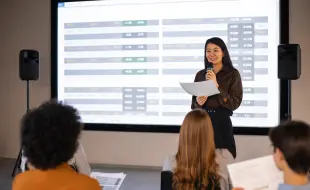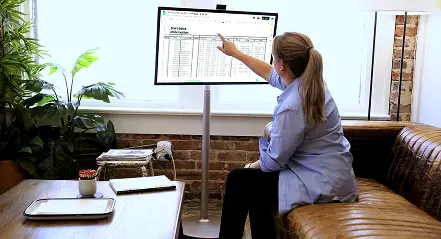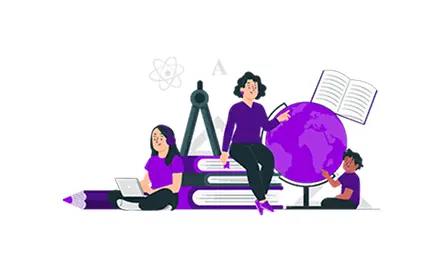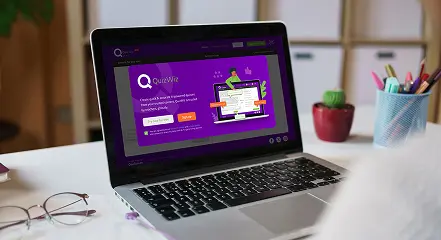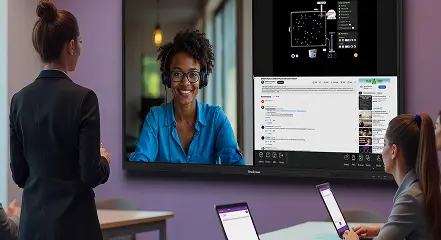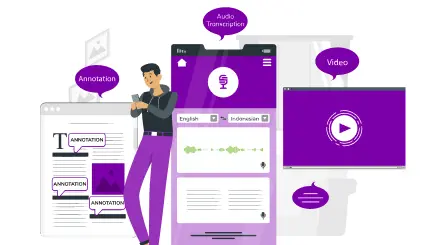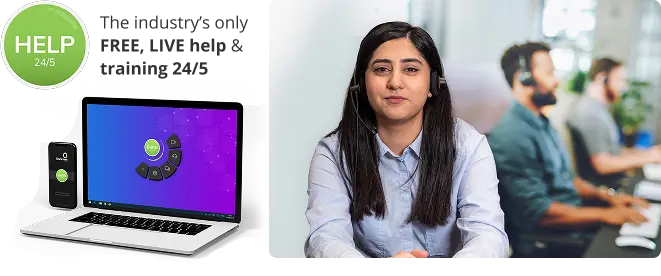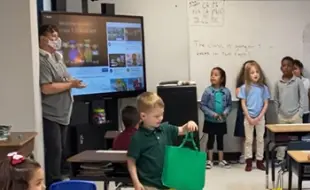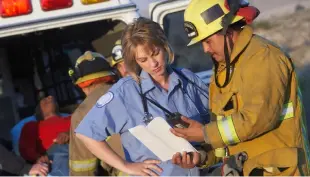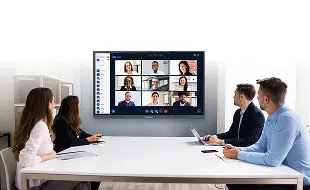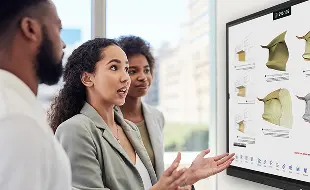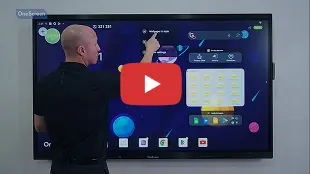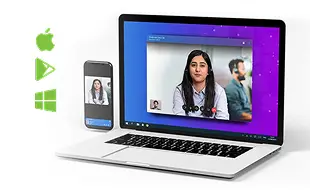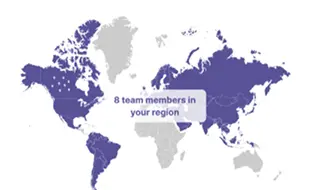
How Schools Are Navigating Education Post-COVID
A school is not a place. It’s an environment that fosters learning, whether that means students and teachers gathered in a classroom or connecting over the internet. Educators around the world, from underfunded city districts to sparsely populated rural areas, were already seeing great results from distance learning before the COVID-19 pandemic made distance learning mandatory for public safety.
Centralized Software & Technology: Essential Tools for Remote Learning
The current situation has only accelerated, not changed, the need for educators to adopt tools that give them more options while improving school performance. We can all now see clearly that handling situations as they arise will not work out well for anyone. Educators need working systems for remote learning now and plans for dealing with similar events in the years ahead.
Despite all the warning signs, few saw this pandemic coming. Even major institutions like Harvard had to publicly admit that they weren’t ready for the sudden transition to eLearning and virtual classrooms. “There is much we still do not know and the situation on the ground continues to evolve,” said Claudine Gay, Harvard’s Dean of the Faculty of Arts and Sciences.
Administrators and educators at every level are facing the same challenges with remote learning. We are all students of the lessons taught by this virus and we will need to come out of the challenge ready to leverage our learning as educators and education technology solution providers.
So far, we’ve learned that there are a few essentials and best practices that stand out in simplifying the transition. These tools help educators establish a productive learning environment and improve performance scores for remote learning in the post COVID-19 world.
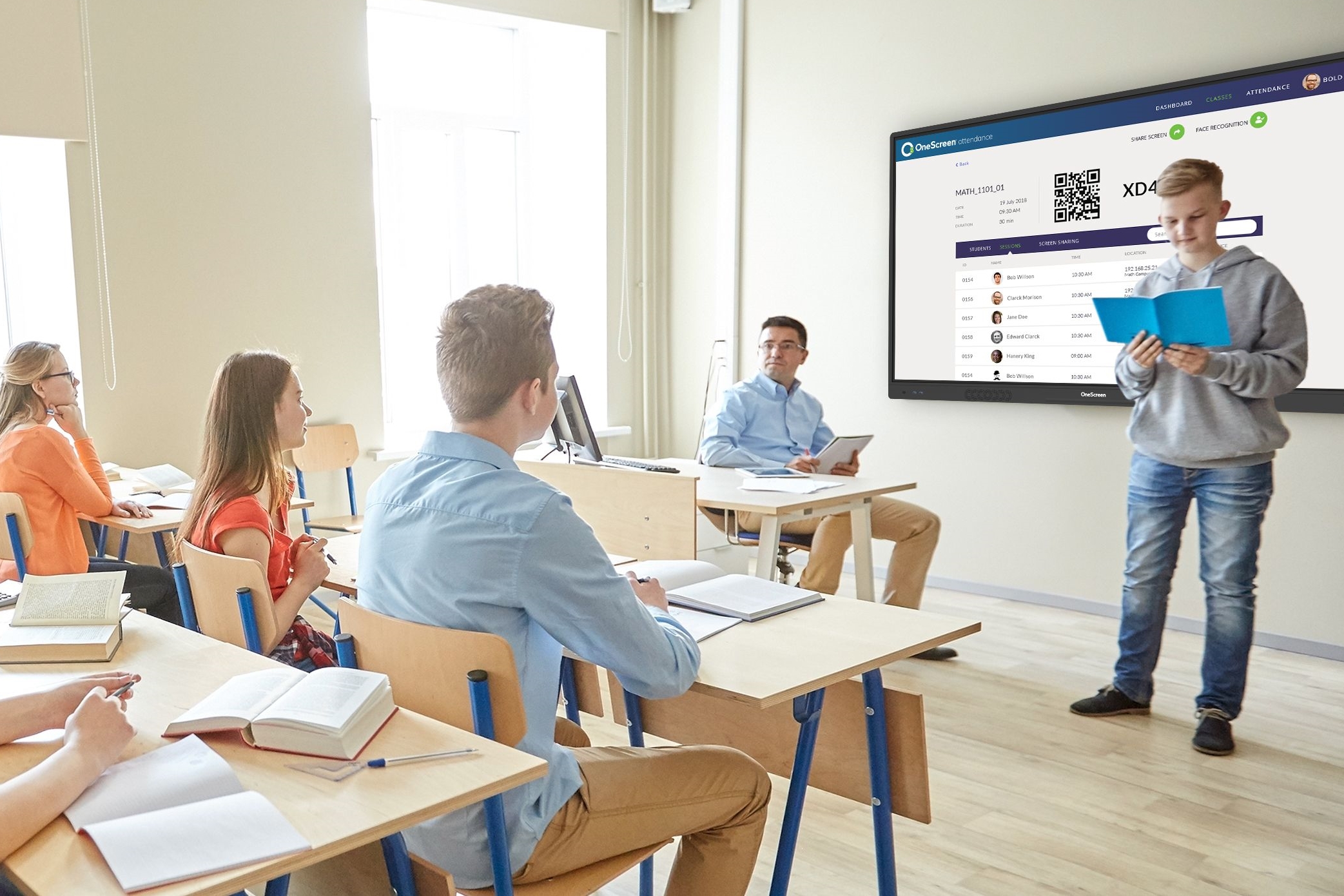
7 Essentials for the New World of Remote Learning
1 Connectivity for students
Over the years, student laptops and tablets have been filtering into the education system. It hasn’t reached a majority of students yet, but that could change very soon. The leaders in distance learning are working to make sure all students have devices and a reliable Internet connection. Programs like EdPower by T-Mobile and Google’s Rolling Study Halls are working to help schools buy or lease enough student devices and assure connectivity at a low enough cost that district budgets aren’t strained. This has led to innovation in payment systems and financing. In the next few years, how schools buy the devices they need will be just as important as what they buy.
2 Distance Learning software
New York City schools reacted quickly to security concerns over Zoom, switching to Microsoft Teams, which is still an enterprise software adapted for use in schools. Another option educators have is the browser-based audio/visual tool we have built specifically for the remote teaching environment. We are learning that the lecture mode offered by OneScreen Hype allows for better interaction between teachers and students and minimizes the distraction caused when all students see one another on the screen. The top choice for schools should also allow sessions to be easily recorded and shared as well as provide instant translation to support inclusive learning environments.
3 Help and training
Training and support often come as an afterthought when school districts buy technology. These two should come first. Too many devices and software bought by schools go unused due to inadequate training and support. When something doesn’t work as it should, teachers and administrators often can’t get the help they need from school IT resources. All technology purchases should come with onsite and online training, as well as on-demand help. This is more essential than ever. Both teachers and IT teams working to help teachers will need access to immediate live help. The Screen Skills Guru service from OneScreen is available from a link right in their distance learning app as well as on their website. This offers free, on-demand help from live agents in English, Spanish and Urdu. More languages are being added as the program expands.
4 Access to educational resources
There are many free resources available to teachers online, but not all meet school quality standards. The most valuable resources are available through sites like ReadWriteThink and ZUNI Learning Tree, which are vetted by teachers, parents and administrators across the education sector. Lesson plans, projects and worksheets should be easily searchable by grade level or subject. OneScreen solutions include access to Zuni Learning Tree automatically, with resources that meet state-based core curriculum requirements.
5 Student work monitoring software
Screen sharing is the equivalent of a teacher walking around a physical classroom helping individuals and sharing those insights with the class. A platform like OneScreen Swap or Montage allows teachers to remotely view and control student devices during online sessions without interrupting the learning process. Teachers can closely monitor the progress of each student and provide help wherever it is needed.
6 Interactive smartboards
Before a school can deliver distance learning, teachers need the best technology to create the lessons. The focus should remain on single tools that perform the most functions rather than piecing together technologies that may conflict or don’t come with enough user support. All of our OneScreen smartboards include multi-camera streaming, automated attendance, high quality audio and built-in teacher resources. All come equipped with transcription and translation services as well as software to conduct real-time polling and surveys.
7 Attendance and administrative review platforms
One advantage eLearning has over the traditional classroom is the elimination of administrative tasks that took time away from actual teaching. OneScreen Attendance software updates who is in class when students send QR or pin codes, from inside the classroom or a remote location, so no class time is devoted to a roll call. In the world of multiple screens and home distractions, maintaining student focus on lesson information is more important than ever. In the bigger picture, attendance is just one area that district leaders must monitor to evaluate and improve distance learning techniques as quickly as possible. Digital education platforms also have the advantage here by keeping recorded transcripts and monitoring student engagement data in the background.
Smart Boards & Other Smart Tech in Remote Learning
This list is based on hard-won experience. OneScreen has been working directly with school districts for years to find out what they need most and combine all seven of the above tools in a single device.
OneScreen Hubware provides solutions for schools ranging from top-ranked universities to rural kindergarten classrooms. These smartboards feature state-of-the-art hardware that already have all the necessary software, live help and educational materials built-in from the start.
OneScreen Hype is the browser-based distance learning option with transcription and translation on-board and OneScreen Swap handles screen sharing and secure control for remote users. Among teachers, the most popular piece of the puzzle is the Screen Skills Guru program, providing free, on-demand help from live agents in several languages.
OneScreen is also the first in the industry to introduce subscription pricing of remote learning equipment for schools, so the purchase doesn’t have to be made in one lump sum. Schools on tight budgets can spread out payments monthly and be guaranteed upgraded equipment every three years.
Although schools may never go back to the way they were before COVID-19, advances in digital learning technologies can help students grow in ways we could have never imagined before now.

 EN
EN  US
US CA
CA CO
CO MX
MX AE
AE UK
UK ES
ES PK
PK